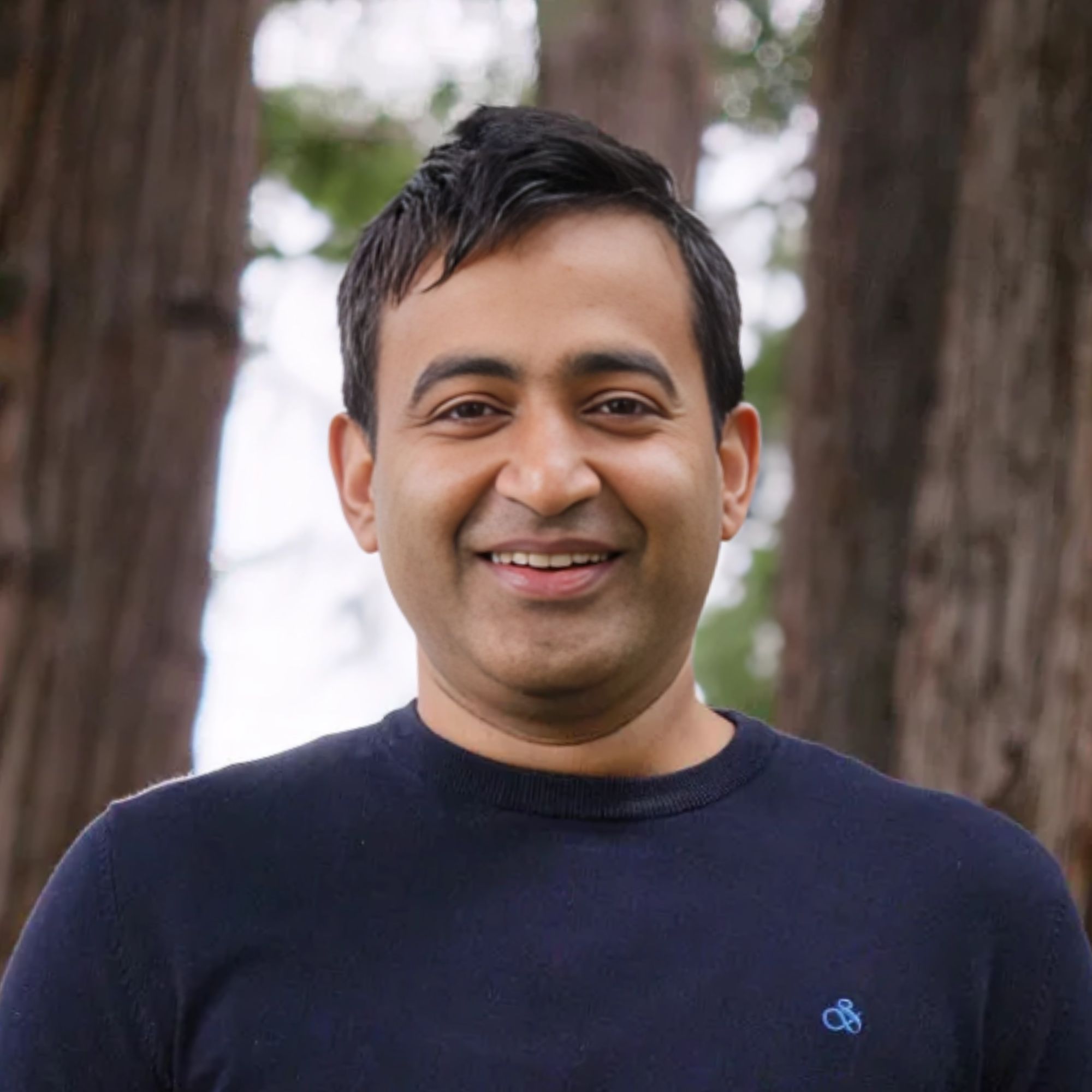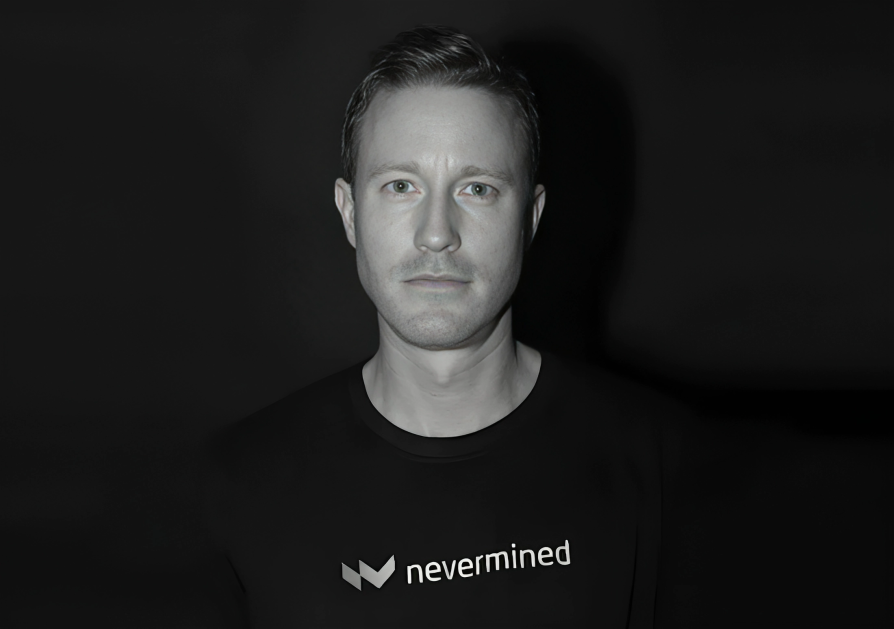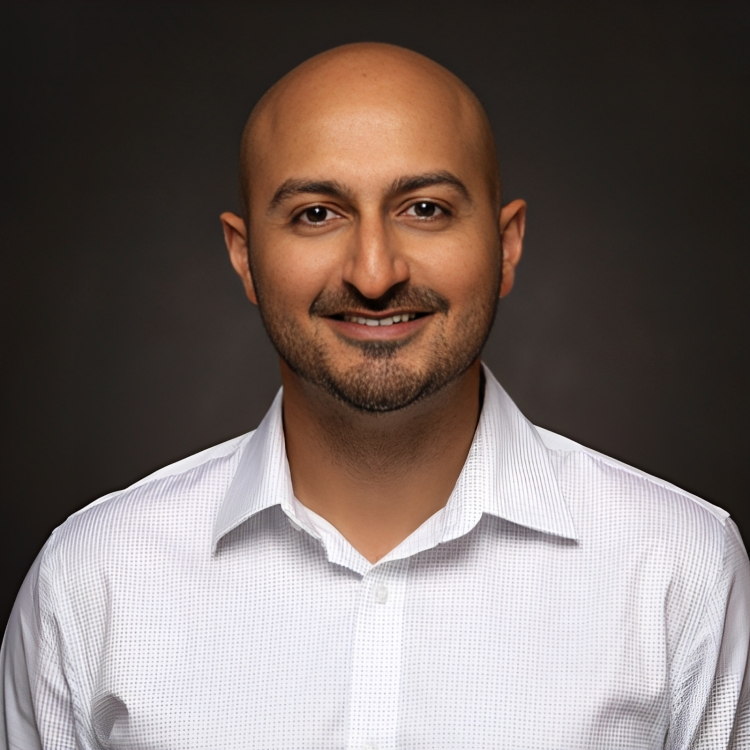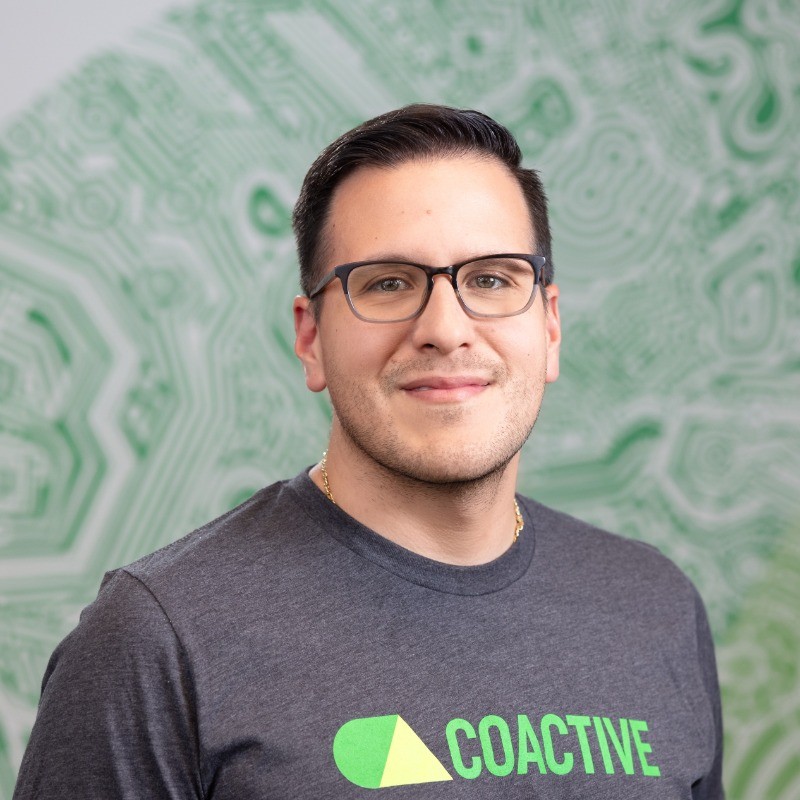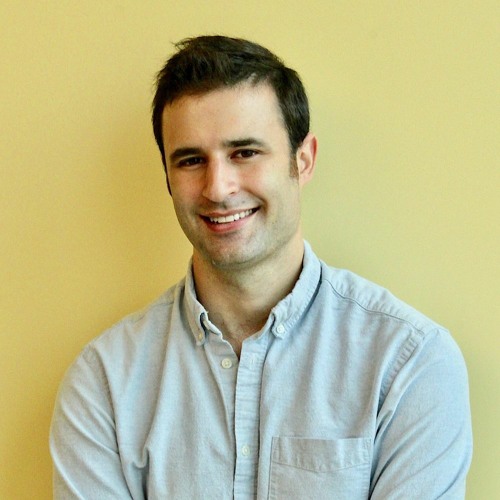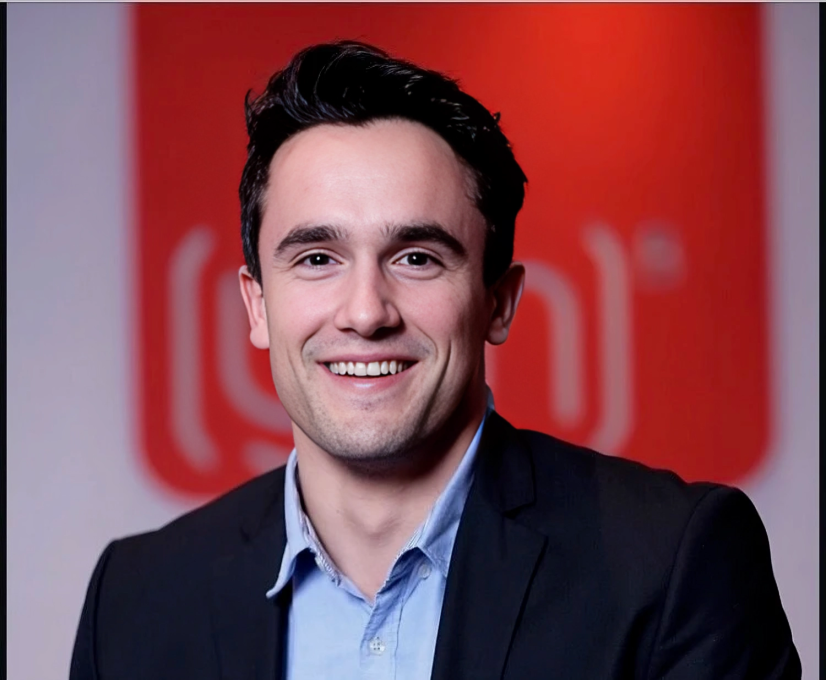Ready to build your own Founder-Led Growth engine? Book a Strategy Call
Frontlines.io | Where B2B Founders Talk GTM.
Strategic Communications Advisory For Visionary Founders
Actionable
Takeaways
Lead with open source for technical audiences:
Prior Labs built their entire go-to-market strategy around an open-source model that anyone can download and use for free. Sauraj explained, "We've got like over one and a half million downloads and it is open source. You just need to attribute us that you're using our model." This approach allowed them to achieve massive adoption while building credibility with their technical audience. B2B founders targeting developers or technical users should consider how open source can accelerate adoption and community building before monetization.
Build community ownership, not just engagement:
Sauraj approaches community building like team building, saying, "If you think about your team as a founder, like when you build a team, you want them to feel like it's their company... I'm trying to take that same philosophy towards community building." He creates biweekly Discord updates where half the content showcases community contributions, leading members to actively submit their use cases and request features. B2B founders should design community programs that make users feel like co-creators rather than passive consumers.
Leverage co-founder networks strategically for different audiences:
Prior Labs uses each co-founder's unique network to reach different segments. Sauraj noted, "One of my co founders has been a professor of machine learning for the last 12 years. So he already had a pretty good following of let's say the data science community... when we need to generate inbound, I'm the one pushing when we need to like generate more technical applications for people to apply for jobs with us. We're going through my co founders networks." B2B founders should map their founding team's networks and assign go-to-market responsibilities based on audience alignment rather than traditional roles.
Focus adoption over monetization in emerging categories:
Despite having paying customers, Prior Labs keeps their API free and focuses entirely on adoption metrics. Sauraj explained, "Right now we are offering it for free because we just want like adoption is really the biggest use case at the moment... when we have like the next versions of the models, that's really when we're going to be able to flip the switch." In category creation, B2B founders should prioritize proving product-market fit and building market awareness before optimizing revenue, especially when building foundational technology.
Use technical documentation as brand building:
Instead of focusing on traditional marketing materials, Prior Labs invested heavily in developer-focused assets. Sauraj said, "We were really focused on getting really good docs in place, really good, like GitHub read me in place. And the brand was really kind of like building this community and being like open and honest with the community." B2B founders serving technical audiences should treat documentation, GitHub presence, and developer resources as primary brand touchpoints rather than secondary marketing materials.
Conversation
Highlights
Prior Labs: How Open Source Strategy Drove 1.5 Million Downloads in Eight Months
While generative AI companies chase headlines with billion-dollar valuations, a quieter revolution is happening in the world of structured data. Prior Labs, co-founded by Sauraj Gambhir, has achieved something remarkable: 1.5 million downloads of their foundation model in just eight months, without a traditional sales team or enterprise contracts.
In a recent episode of Category Visionaries, Sauraj shared how Prior Labs is bringing transformer technology to the vast universe of structured data that powers every business decision – and why their unconventional go-to-market approach is working where traditional enterprise software strategies might fail.
The 20-Year Problem Nobody Solved
The inspiration for Prior Labs came from a glaring disconnect in the machine learning world. While unstructured data – text, images, videos – experienced revolutionary advances through transformer models and generative AI, structured data remained stuck in the past.
“When it comes to tabular data, like data that sits in these structured formats, we’ve been using methods that have been around for the last 20 years,” Sauraj explains. “You know, when you think about, like, a data scientist or a machine learning engineer, when they work at a large bank or a large pharma company, you know, they’re building these machine Learning models on a specific use case.”
This meant that every prediction task required a custom model. Want to detect credit card fraud? Build a specific fraud detection model. Need to predict mortgage defaults? Create another specialized model. Trying to forecast when an Uber Eats order will arrive? That’s yet another custom build.
Prior Labs saw an opportunity to apply the same foundation model approach that revolutionized unstructured data to the structured data world. “Now you can have just one model with what we have that can do all of those things in one shot,” Sauraj notes.
The Counter-Intuitive Go-to-Market Strategy
For most enterprise software companies, the path to revenue involves building a product, hiring a sales team, and pursuing enterprise contracts. Prior Labs took the opposite approach: they gave their technology away for free.
“We’ve got like over one and a half million downloads and it is open source. You just need to attribute us that you’re using our model,” Sauraj explains. This open-source strategy wasn’t just about adoption – it was about building credibility with their core audience: data scientists.
The decision to lead with open source stemmed from understanding their target users. “The user is a data scientist. So we’re still targeting a technical audience,” Sauraj says. Data scientists want to evaluate technology hands-on before trusting it with critical business decisions. By making the model freely available, Prior Labs removed barriers to experimentation and evaluation.
Building Community Ownership, Not Just Engagement
While many companies talk about building communities, Prior Labs approached community building like team building. “You know, if you think about your team as a founder, like when you build a team, you want them to feel like it’s their company. Right? Like you want them to feel, okay, ownership for every work that they do. And I’m trying to Take that same philosophy towards community building,” Sauraj explains.
This philosophy manifests in practical ways. Prior Labs runs biweekly updates in their Discord community where “half the content is our updates and half the stuff is just like what the community has done.” The result? Community members actively reach out, asking Sauraj to feature their use cases and implementations.
“Through that I actually have like learning so much more about how our product is being used and that knowledge is basically invaluable right now,” he notes. This community-driven feedback loop became a crucial source of product direction and market intelligence.
Strategic Network Leverage
Prior Labs maximized their go-to-market efficiency by strategically leveraging each co-founder’s unique network and expertise. “We’ve got like, we have three co founders and all of us have like different, let’s say superpowers and different sets of audiences that also sit within our socials,” Sauraj explains.
The strategy was tactical: “One of my co founders has been a professor of machine learning for the last 12 years. So he already had a pretty good following of let’s say the data science community and the machine learning community within his social.”
This allowed for targeted outreach based on objectives. “When we need to generate inbound, I’m the one pushing when we need to like generate more technical, like, you know, applications for people to apply for jobs with us. We’re going through my co founders networks.”
Documentation as Brand Building
Instead of investing in traditional marketing materials, Prior Labs focused on what mattered most to their technical audience: exceptional documentation and developer resources.
“We had a Technical audience. Right. And a technical user base. So we didn’t really focus on like the website. We were really focused on getting really good docs in place, really good, like GitHub read me in place,” Sauraj explains.
This approach reflected a deeper understanding of how technical users evaluate and adopt new tools. For data scientists, the quality of documentation, GitHub presence, and ease of implementation often matter more than polished marketing websites or sales collateral.
The Long Game: Adoption Before Monetization
While Prior Labs has paying enterprise customers and offers premium features through special licenses, their primary focus remains on adoption rather than immediate revenue optimization.
“Right now we are offering it for free because we just want like adoption is really the biggest use case at the moment. And like the adoption curve, we really need to get over that adoption curve,” Sauraj explains. “And when we have like the next versions of the models, that’s really when we’re going to be able to like… flip the switch.”
This patience-first approach to monetization reflects the realities of category creation. In emerging technology categories, proving product-market fit and building market awareness often matter more than optimizing short-term revenue.
Building for Scale
As Prior Labs has grown from three to sixteen team members in seven months, they’ve begun building the infrastructure needed for their next phase of growth. The company recently hired a chief of staff and is actively recruiting for developer relations and product roles that bridge go-to-market and product development.
“So we are starting to build out the team now after like the first half. It was really important to bring on the engineers and the scientists at the start and now it’s about also building out some of that open source go to market team,” Sauraj notes.
The Vision: Universal Structured Data Intelligence
Looking ahead, Prior Labs envisions a world where structured data predictions become as accessible as generative AI text completion. “If everything that we’re doing goes well, you’d be able to upload, like an Excel file, or you’d be in your Excel file and you’d say, okay, I just want to see how my cash flow forecast is going to look like. And it’s going to give you a cash flow forecast in a matter of seconds,” Sauraj explains.
The applications extend far beyond business forecasting. “You’re going to go to a doctor and you’re going to say, you know, you’re going to get a blood test and immediately, in a matter of seconds, you’re going to get a complete, personalized, like, prediction of what diseases you might be, like, prone to.”
This vision requires building “multimodal models that can combine text data and tabular data in one model” – a technical challenge that could unlock “any sort of analytical prediction workflow in a matter of seconds.”
Lessons for Technical Product Go-to-Market
Prior Labs’ journey offers several key insights for founders building technical products. First, open source can be a powerful credibility-building tool when targeting technical audiences who want to evaluate before they buy. Second, community building works best when users feel like co-creators rather than passive consumers. Third, for technical products, exceptional documentation often matters more than traditional marketing materials.
Perhaps most importantly, Prior Labs demonstrates the value of playing the long game in category creation. By prioritizing adoption over immediate monetization, they’ve built a foundation for sustainable growth while establishing themselves as leaders in an emerging category.
As the structured data revolution unfolds, Prior Labs’ community-first, open-source approach may well become the playbook for how technical infrastructure companies achieve breakthrough adoption in crowded, competitive markets.






